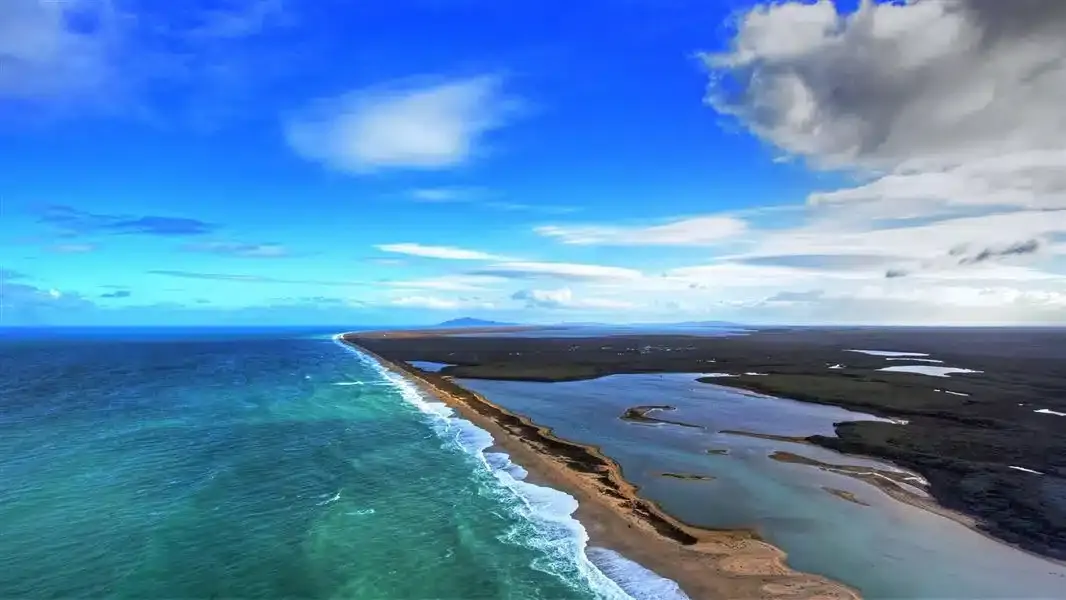- Effective intervention leads to water quality restoration at Waituna Lagoon.
- Long-term ecological health expected, though rupia remains at risk.
- Community and experts unite to monitor and preserve lagoon’s health.
After facing a severe cyanobacterial bloom, Waituna Lagoon, a designated wetland of international importance, is showing promising signs of recovery. In an effort to combat the toxic algae, the lagoon was manually opened to the ocean in January. Environment Southland’s chief scientist, Karen Wilson, reports that the lagoon is no longer experiencing bloom conditions and water quality has returned to normal levels. “The lagoon was no longer in a state of bloom, with recent quality tests showing water had ‘returned to normal levels’,” Wilson stated, highlighting the effectiveness of the intervention.
Despite the success in addressing the immediate threat, the region faces ongoing challenges. The impact of the bloom on rupia, an essential aquatic plant, has been significant, jeopardizing its survival and the ecological balance of the lagoon. Nicki Atkinson, the Department of Conservation’s freshwater science lead, expressed concern about the plant’s future. “We’re not expecting the rupia to have bounced back at all, from this survey. It’ll be a wait and see until next year,” she noted, emphasizing the crucial nature of the upcoming growing seasons for the plant’s recovery.
The community and local farmers are actively engaged in efforts to reduce nutrient run-off, a major contributing factor to the algae blooms. Atkinson praised the community’s commitment: “I don’t know that that has necessarily resulted in a significant change to the lagoon, but there is certainly a willingness. And that community does really care about the state of the lagoon as well, that’s really clear to all of us.”
Waituna Lagoon, located southeast of Invercargill, has been recognized since 1976 under the Ramsar Convention for its global ecological significance. It remains a vital habitat for native birds, fish, and plant species, and continues to draw attention for conservation efforts.


